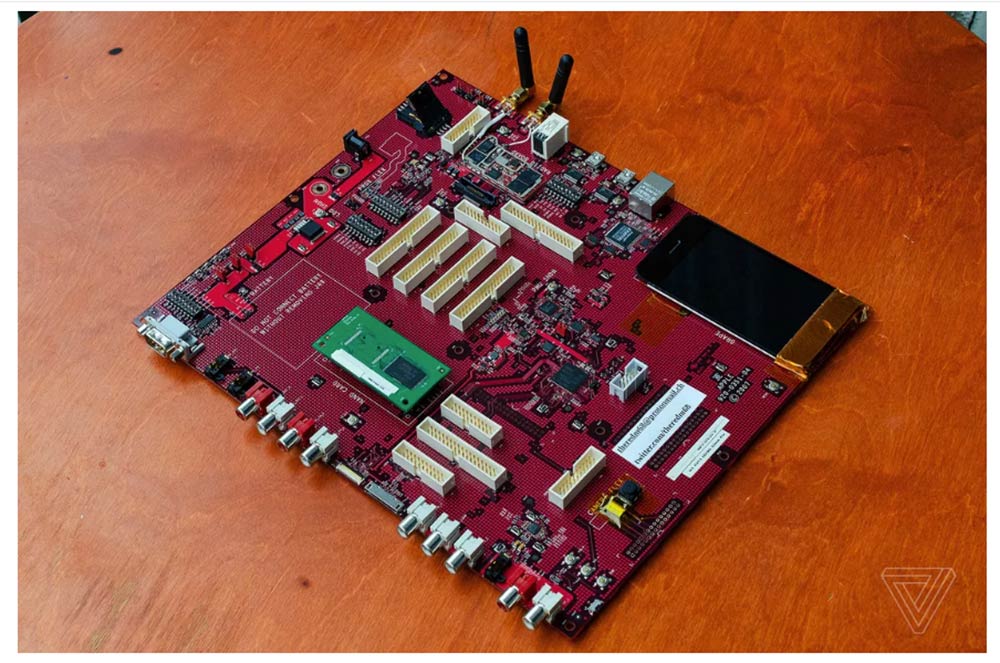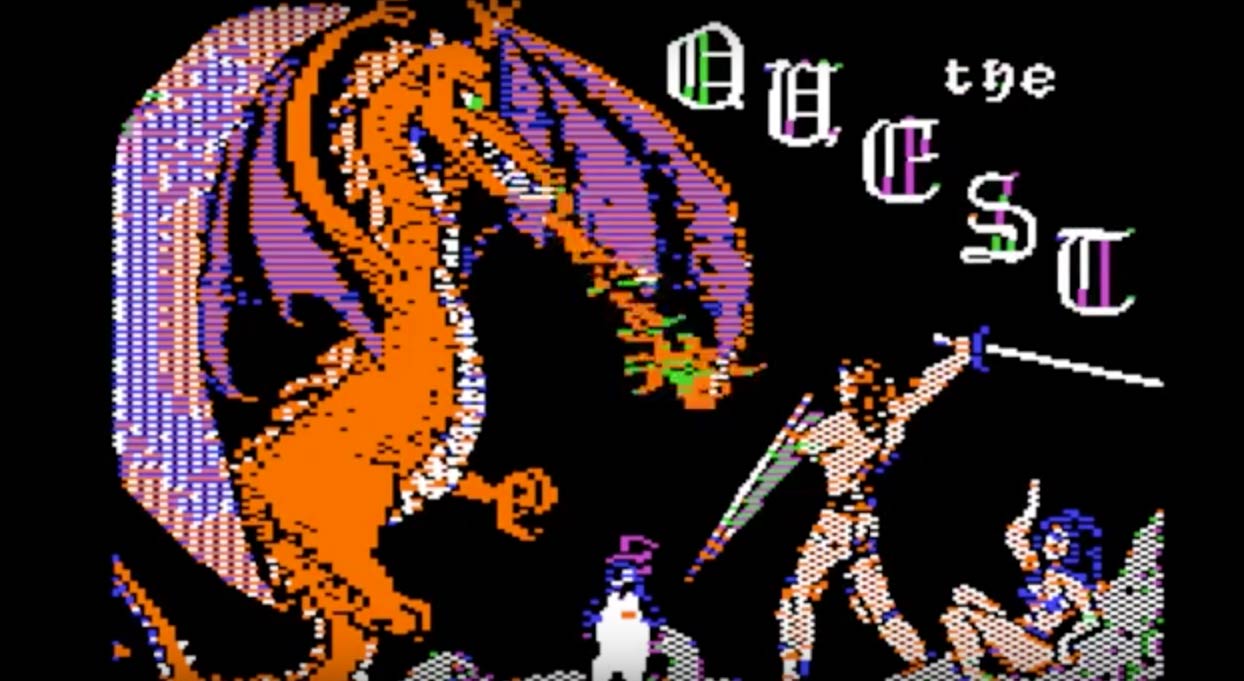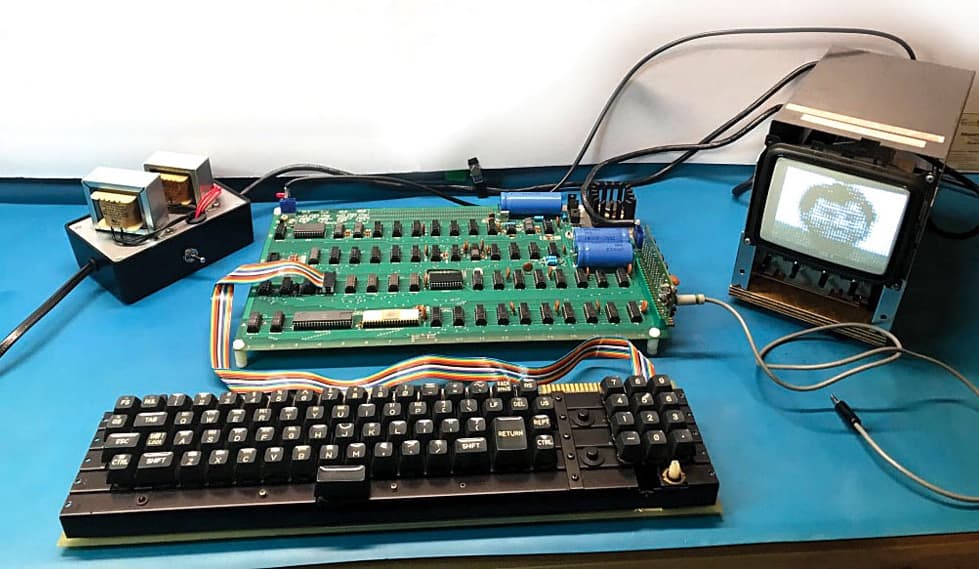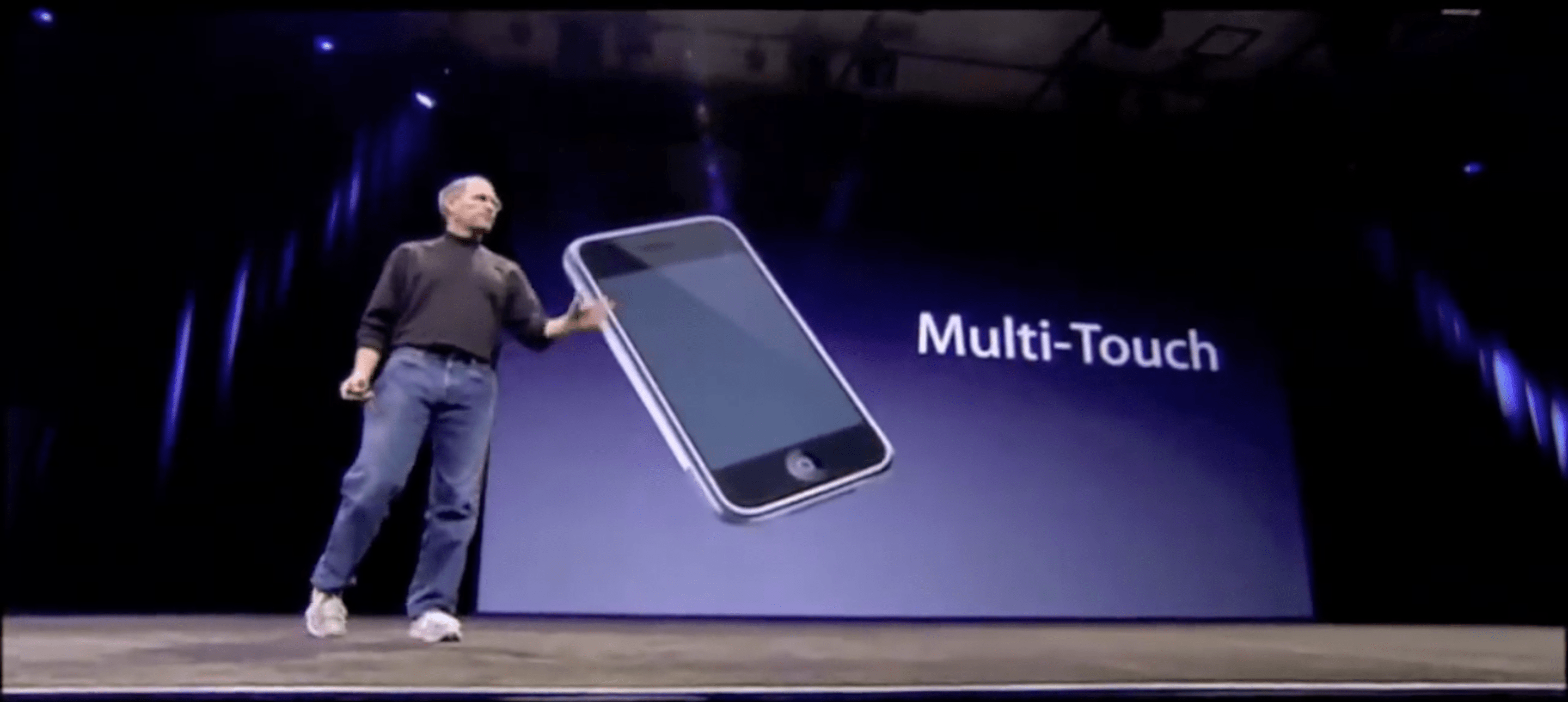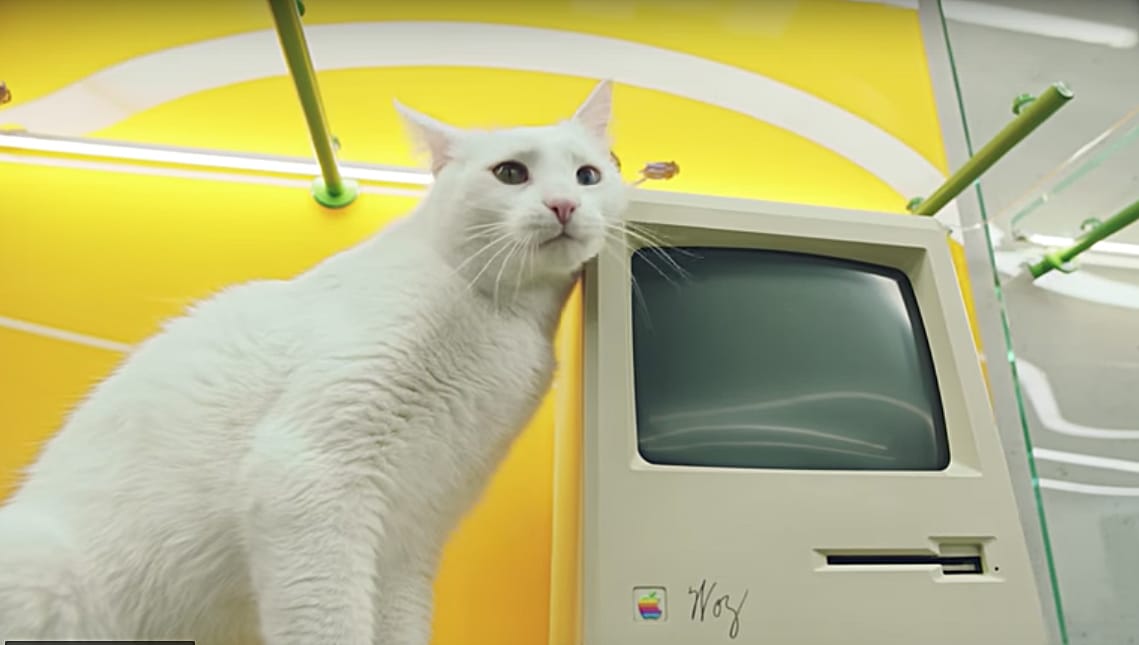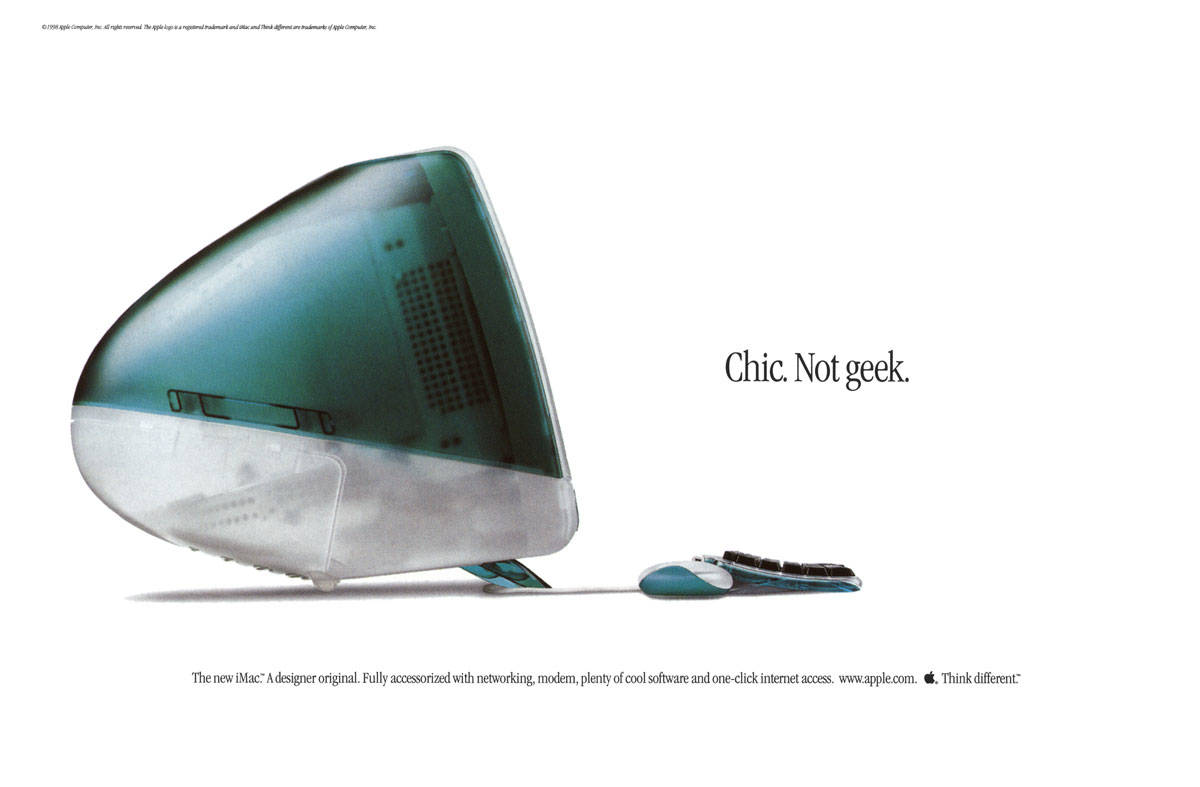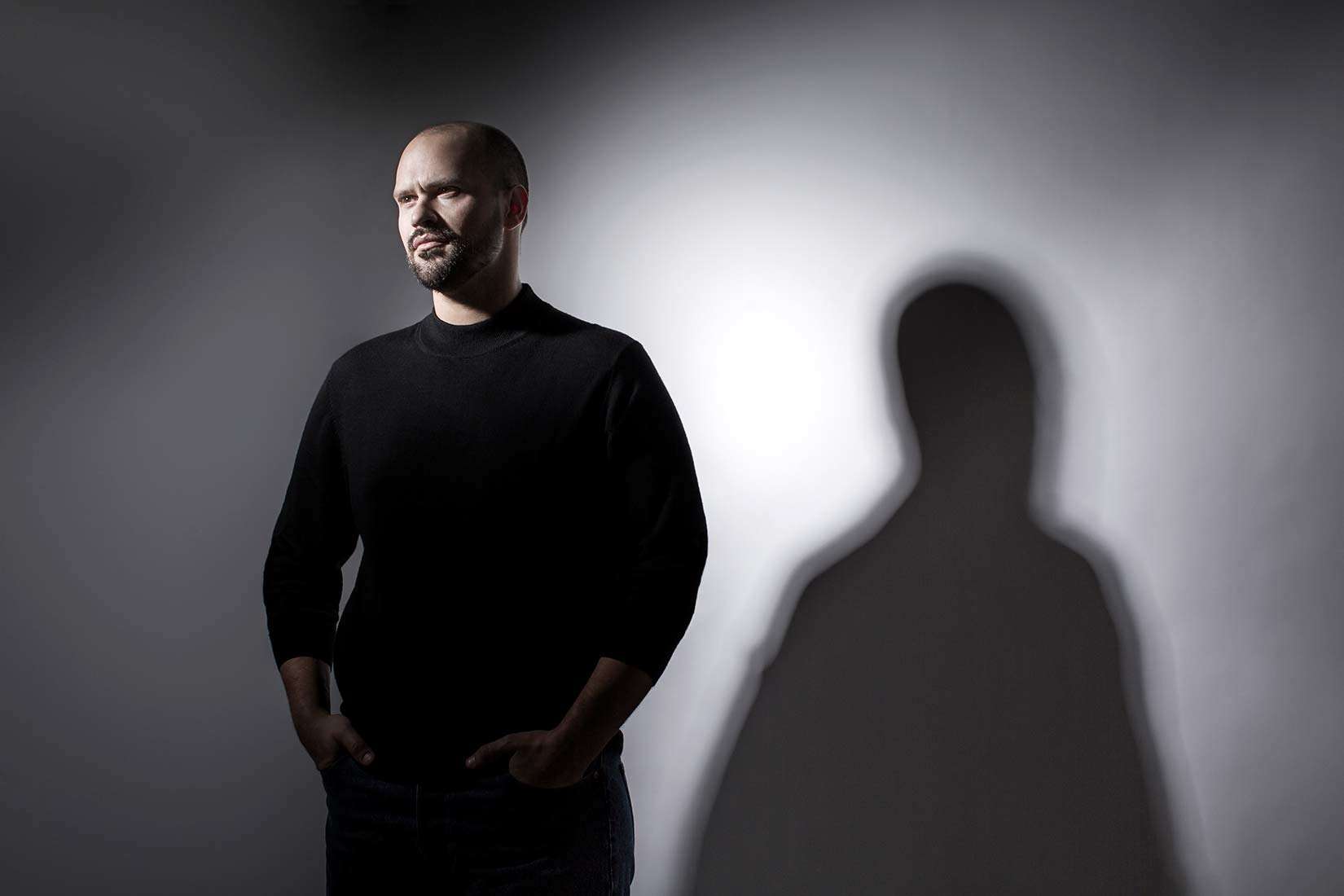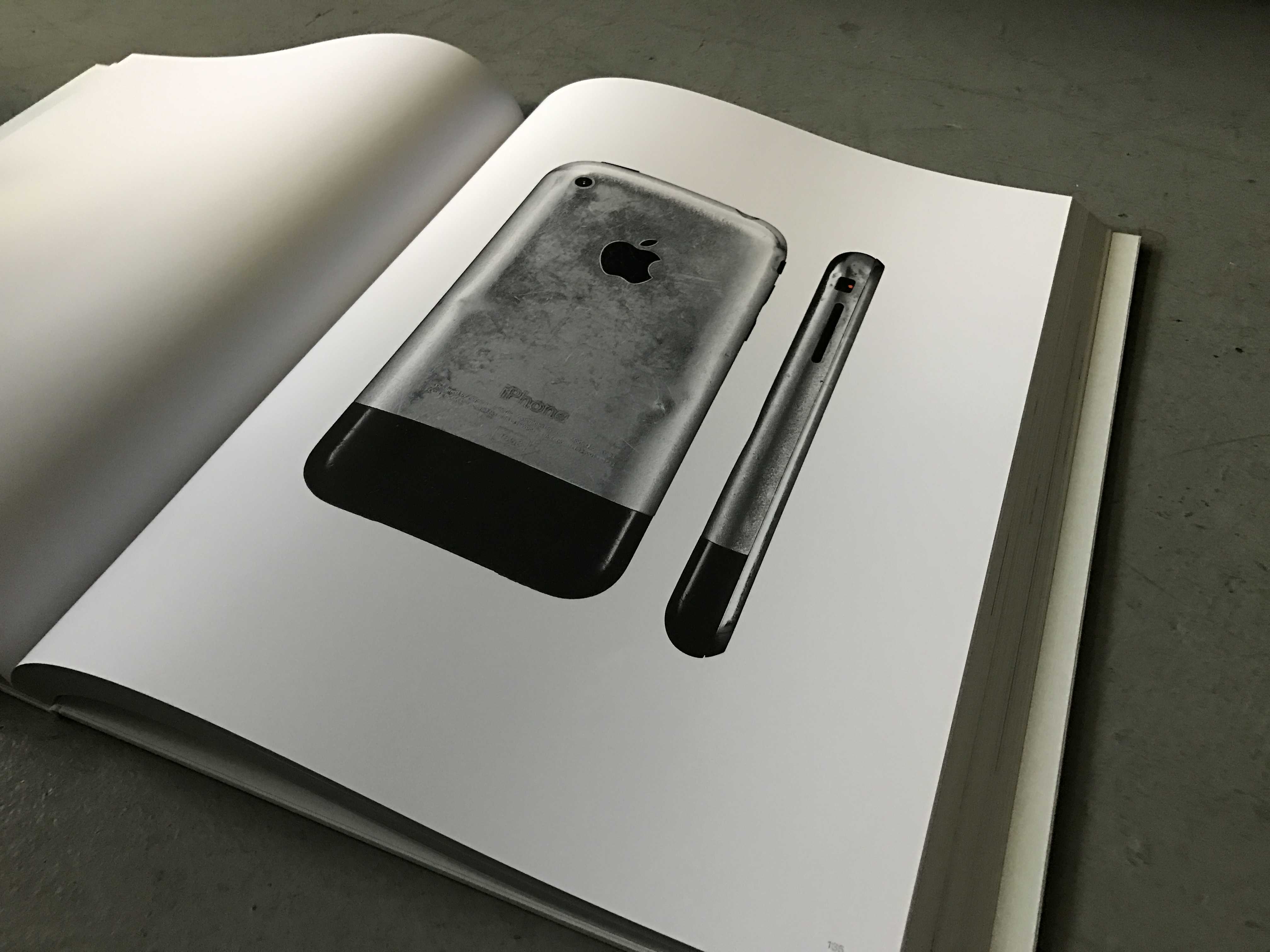 September 29, 2004: Apple debuts Logic Pro 7, its professional music creation and audio production software. The update brings new tools and a streamlined interface in line with other Apple software.
September 29, 2004: Apple debuts Logic Pro 7, its professional music creation and audio production software. The update brings new tools and a streamlined interface in line with other Apple software.
Coming off the success of the iPod and the iTunes Music Store, the Logic Pro 7 launch — alongside its stripped-down sibling, Logic Express 7 — serves as a reminder of Apple’s dominance in music tech, for consumers and professionals alike.
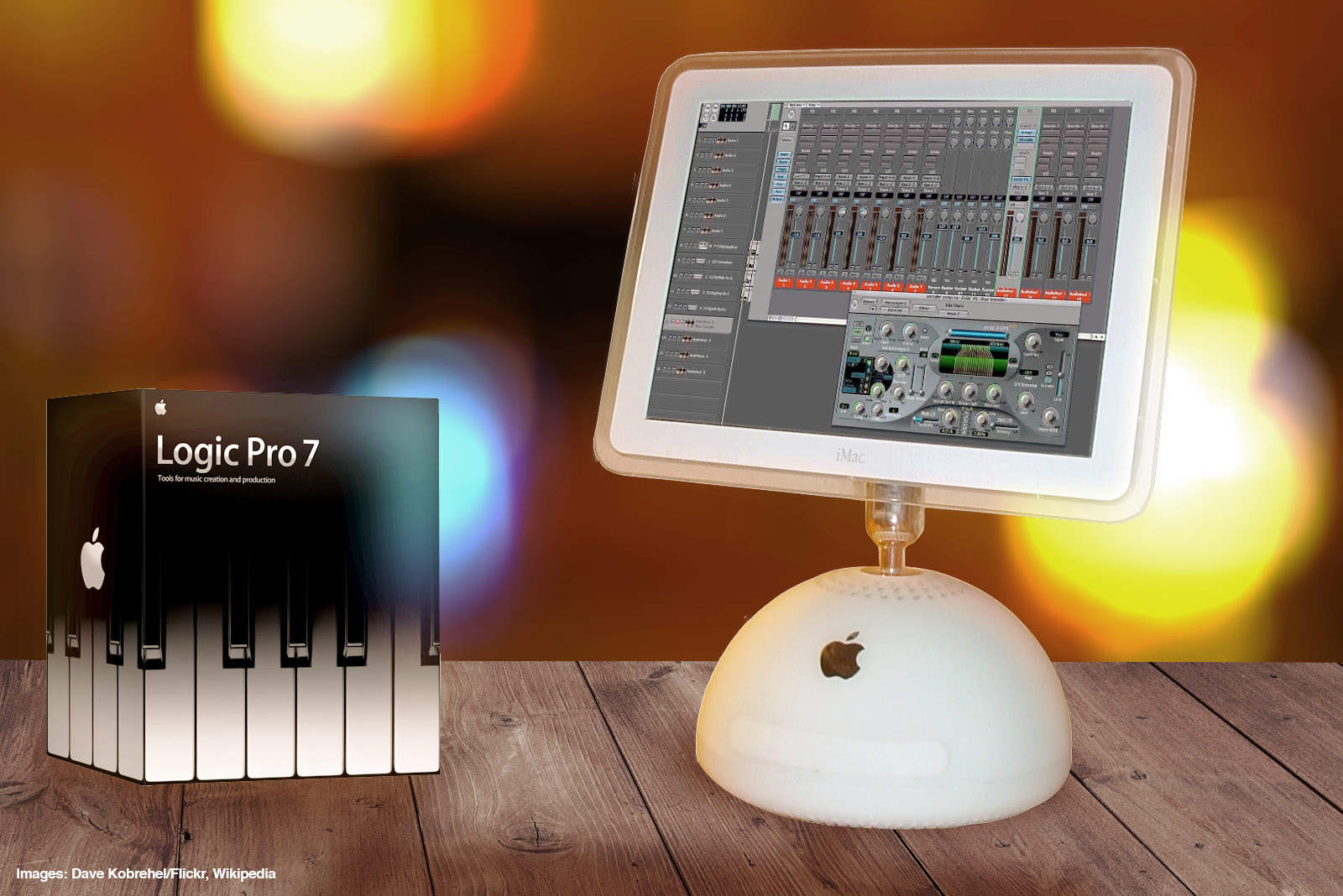
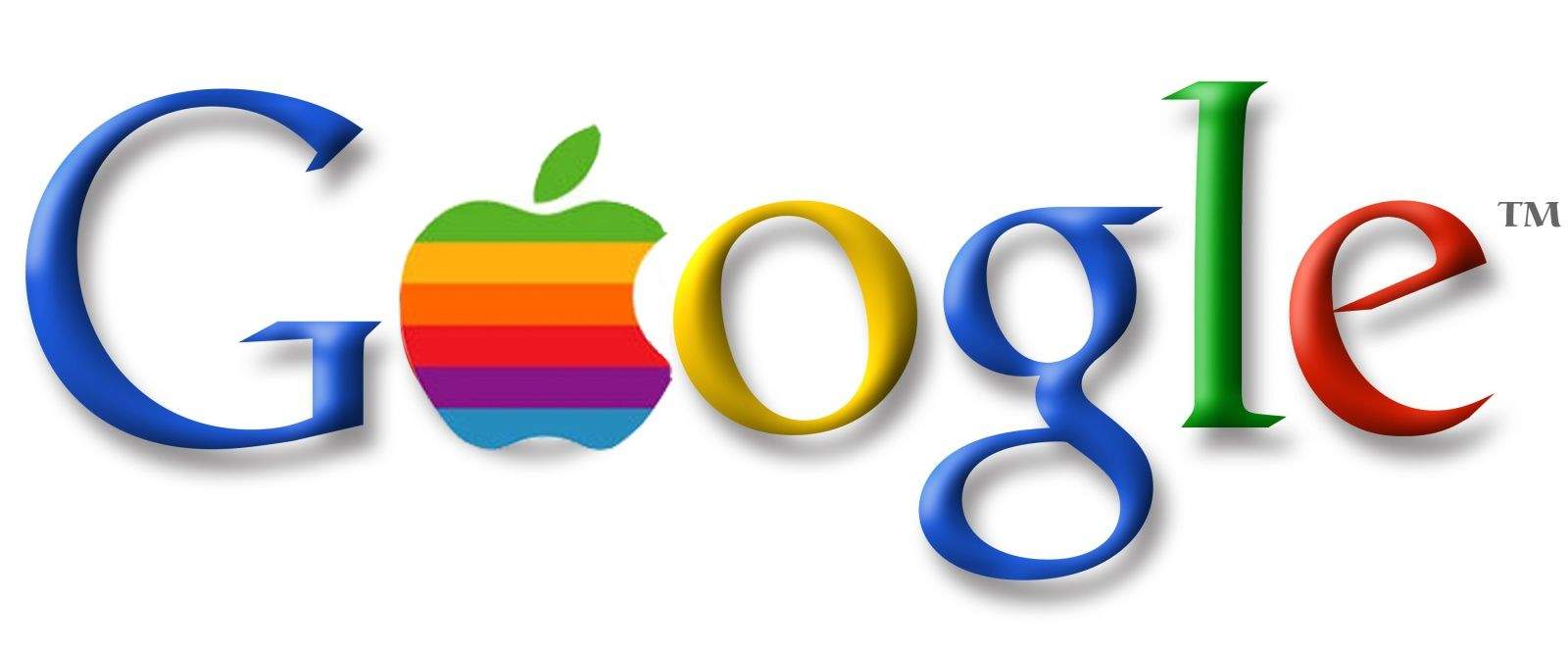
 September 21, 1999: A little startup called Google comes out of beta, with the launch of a website that will let the general public easily search the internet for information.
September 21, 1999: A little startup called Google comes out of beta, with the launch of a website that will let the general public easily search the internet for information.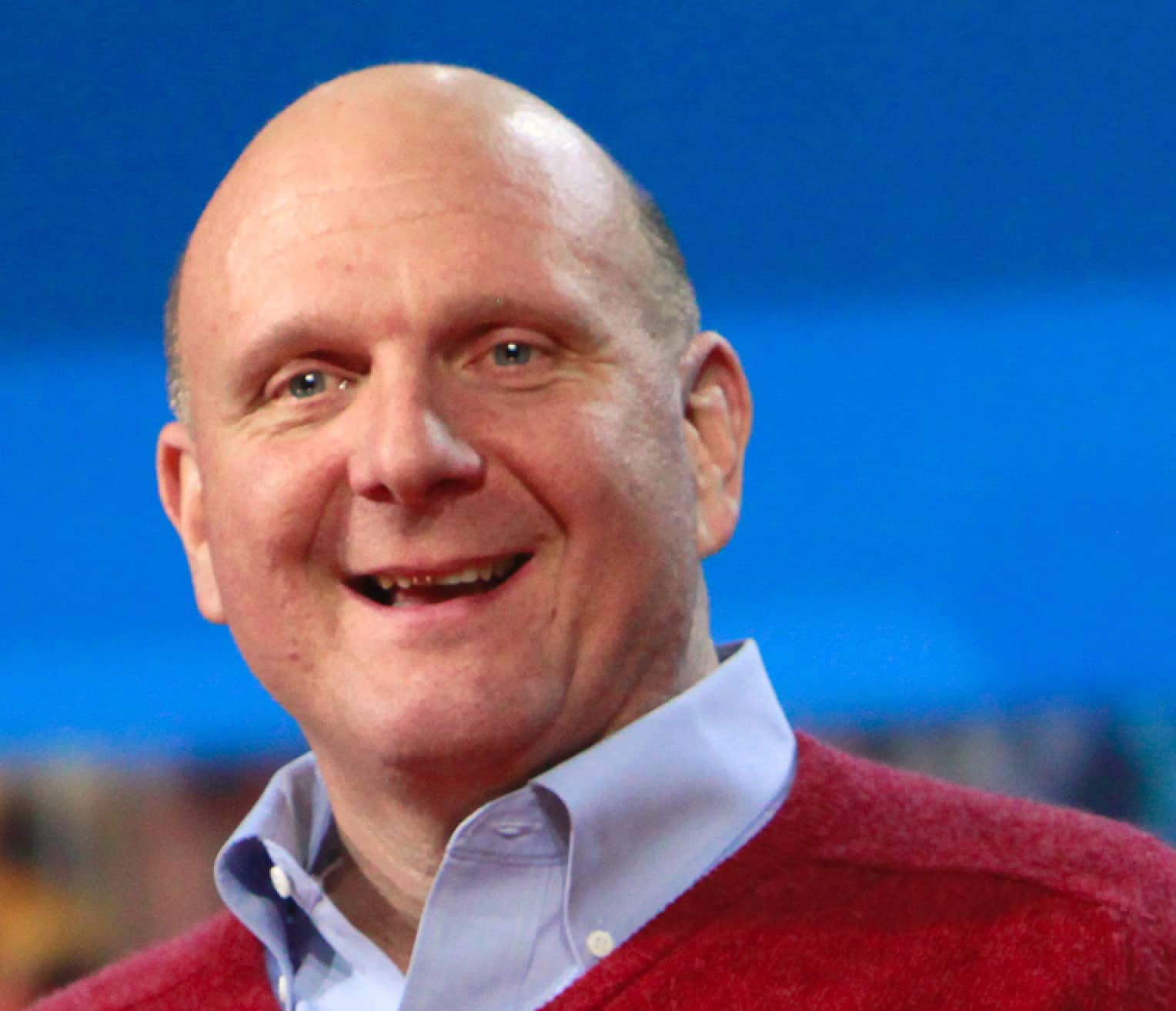
 September 11, 2009: Microsoft CEO Steve Ballmer reportedly snatches an iPhone from an employee during a meeting and pretends to destroy it.
September 11, 2009: Microsoft CEO Steve Ballmer reportedly snatches an iPhone from an employee during a meeting and pretends to destroy it.
 September 7, 2016: Apple unveils the very first AirPods during a special event in San Francisco. The blindingly white wireless earbuds look undeniably strange at first glance, with their long, slender stems and a charging case that looks like a dental floss container.
September 7, 2016: Apple unveils the very first AirPods during a special event in San Francisco. The blindingly white wireless earbuds look undeniably strange at first glance, with their long, slender stems and a charging case that looks like a dental floss container.
 August 20, 2019: Apple Card reaches U.S. consumers for the first time. The titanium credit card gives a new option for payments when Apple Pay isn’t available.
August 20, 2019: Apple Card reaches U.S. consumers for the first time. The titanium credit card gives a new option for payments when Apple Pay isn’t available.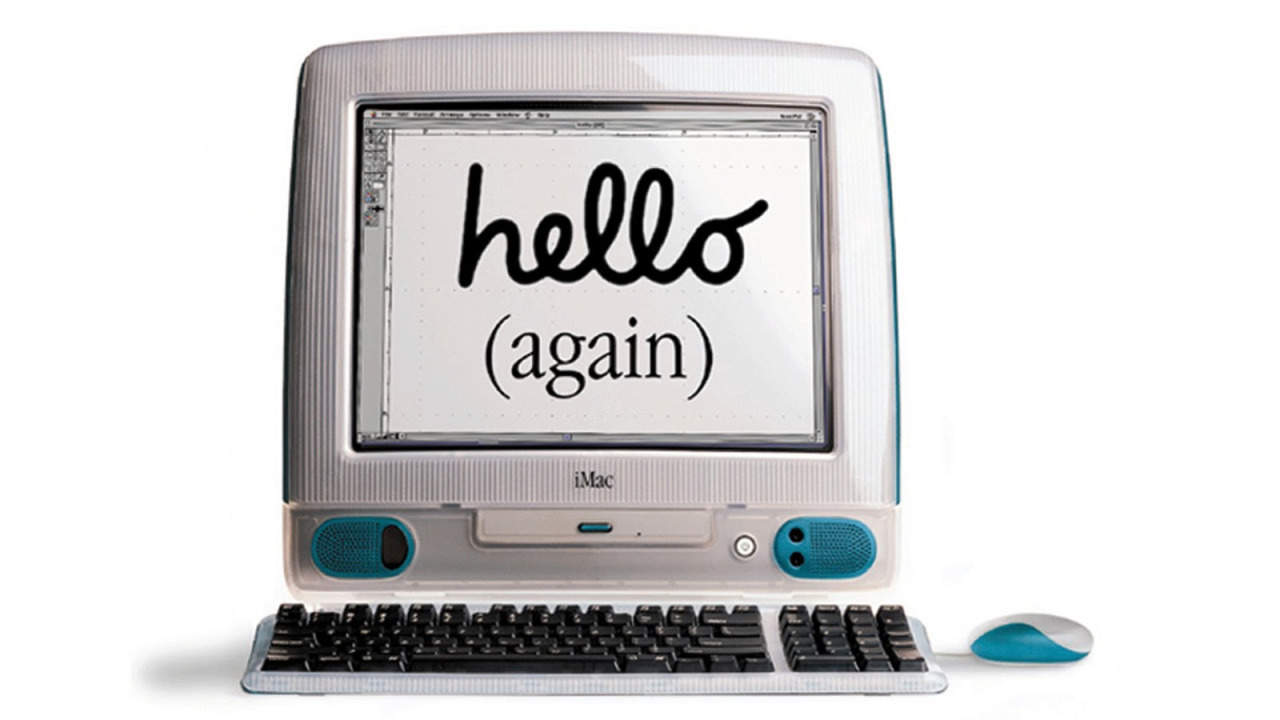
 August 15, 1998: The original iMac — Apple’s brightly colored, translucent Macintosh relaunch — goes on sale to a rabid audience. Steve Jobs’ first major new product since returning to Apple, the internet-ready iMac G3 line will cement his legacy as a forward-thinking tech visionary.
August 15, 1998: The original iMac — Apple’s brightly colored, translucent Macintosh relaunch — goes on sale to a rabid audience. Steve Jobs’ first major new product since returning to Apple, the internet-ready iMac G3 line will cement his legacy as a forward-thinking tech visionary.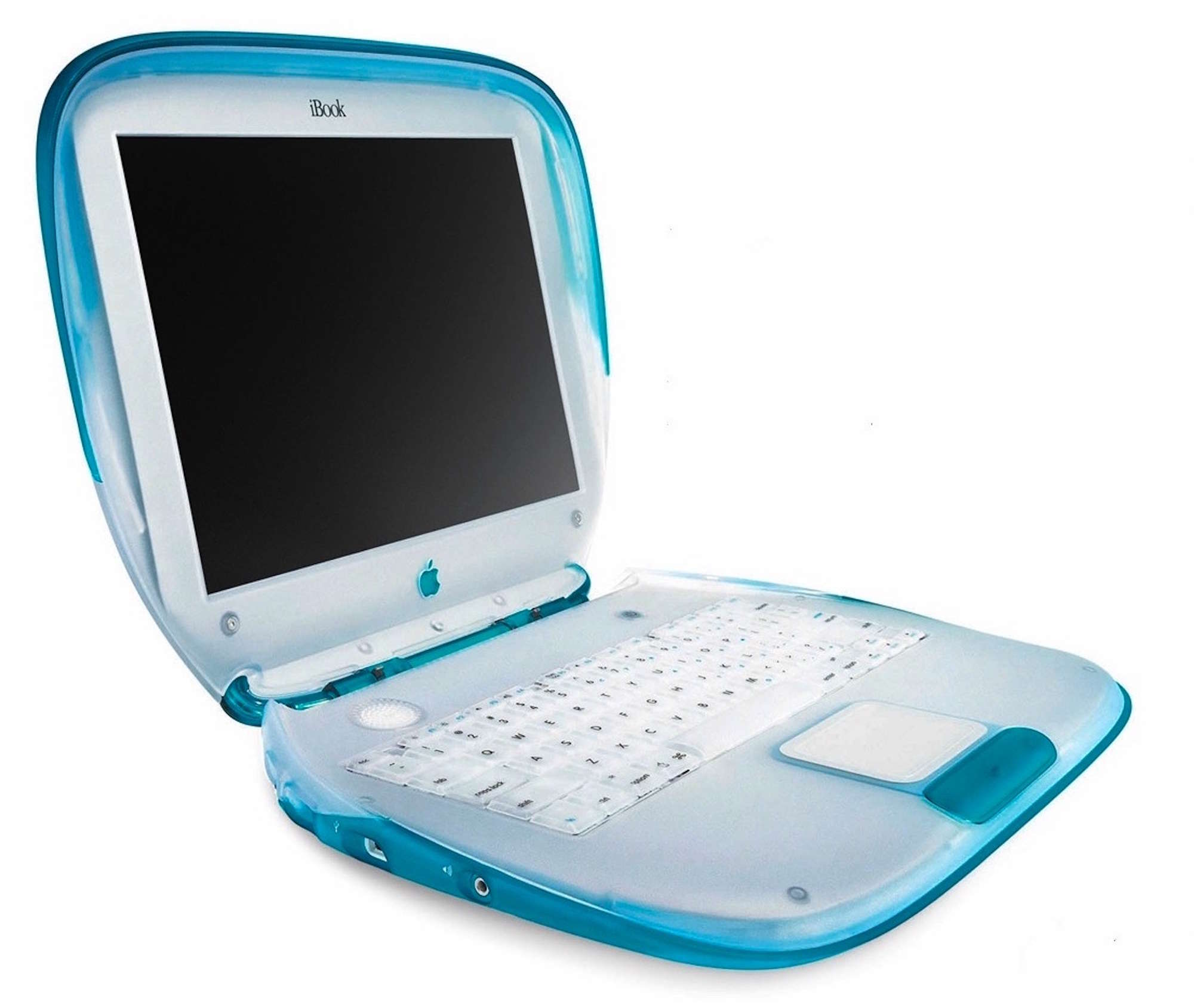
 July 21, 1999: The iBook, Apple’s colorful clamshell laptop that’s a hybrid of the iMac and the PowerBook, arrives and launches a Wi-Fi revolution.
July 21, 1999: The iBook, Apple’s colorful clamshell laptop that’s a hybrid of the iMac and the PowerBook, arrives and launches a Wi-Fi revolution.

![45 ways Apple put a ding in the universe [Cult of Mac Magazine 395] Yes, Apple changed the world.](https://www.cultofmac.com/wp-content/uploads/2021/04/COM-MAG-395_4-1152x1536.jpg)
![Why Apple should celebrate its history with an Official Apple Archive [Opinion] Why Apple should celebrate its history with an Official Apple Archive [Opinion]](https://www.cultofmac.com/wp-content/uploads/2020/01/Unofficial-Apple-Archive-1536x1020.jpg)
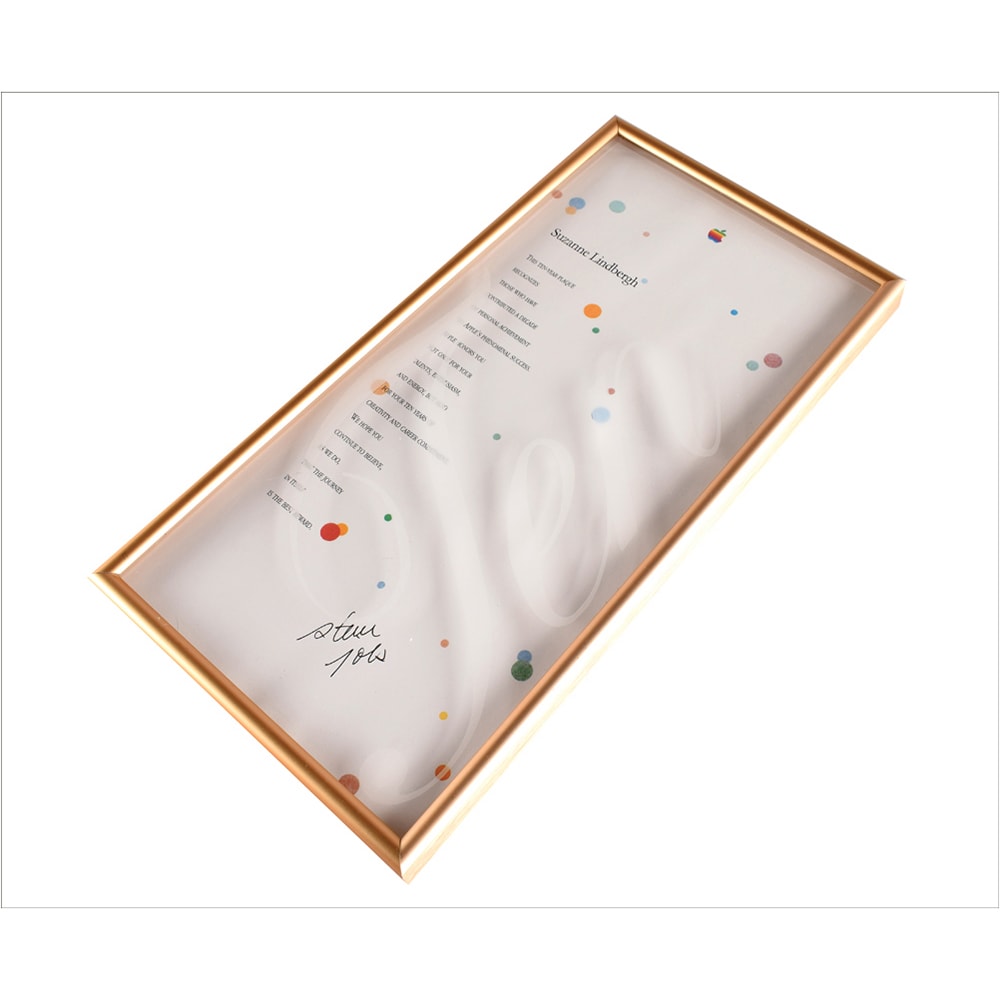
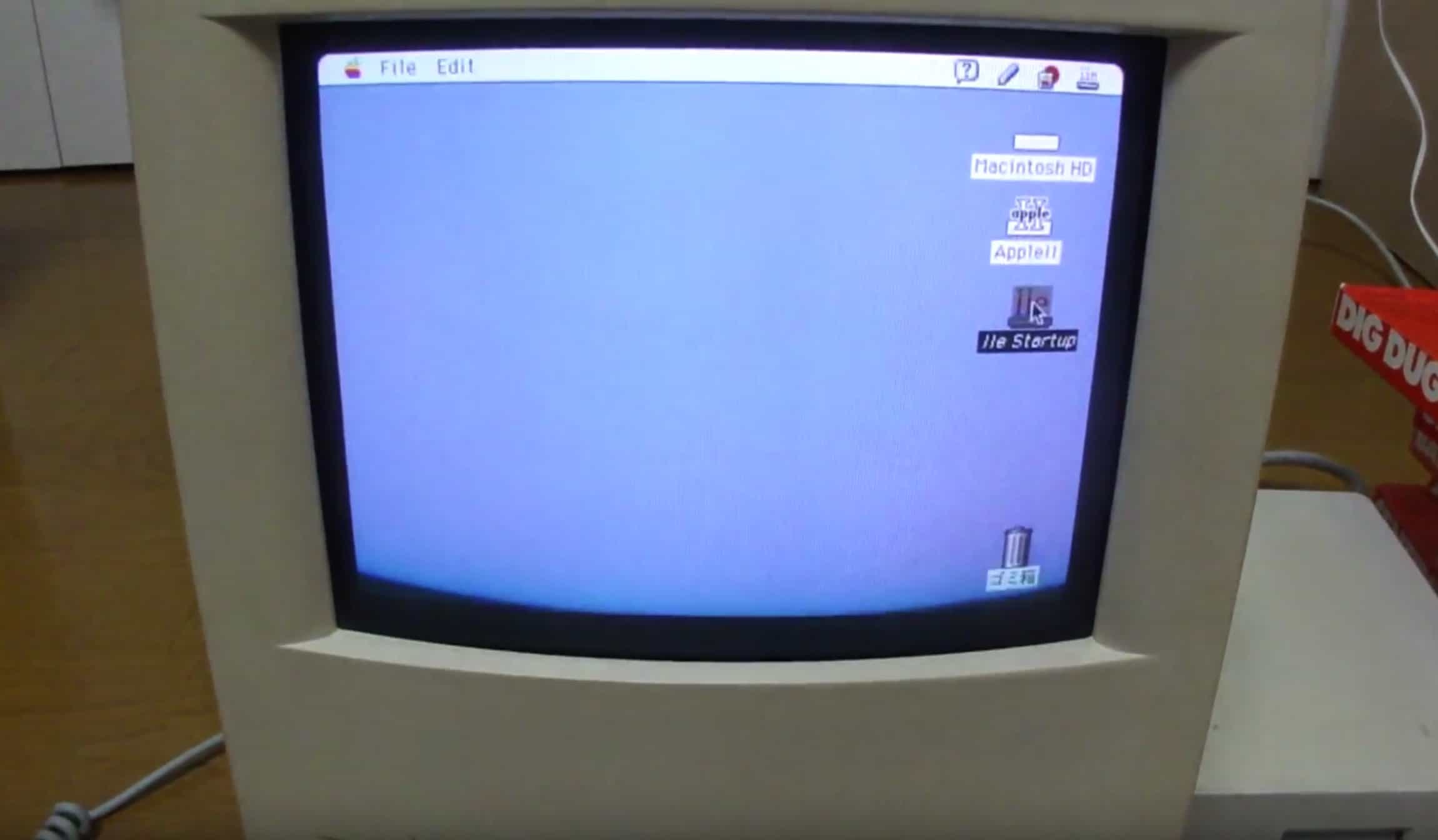
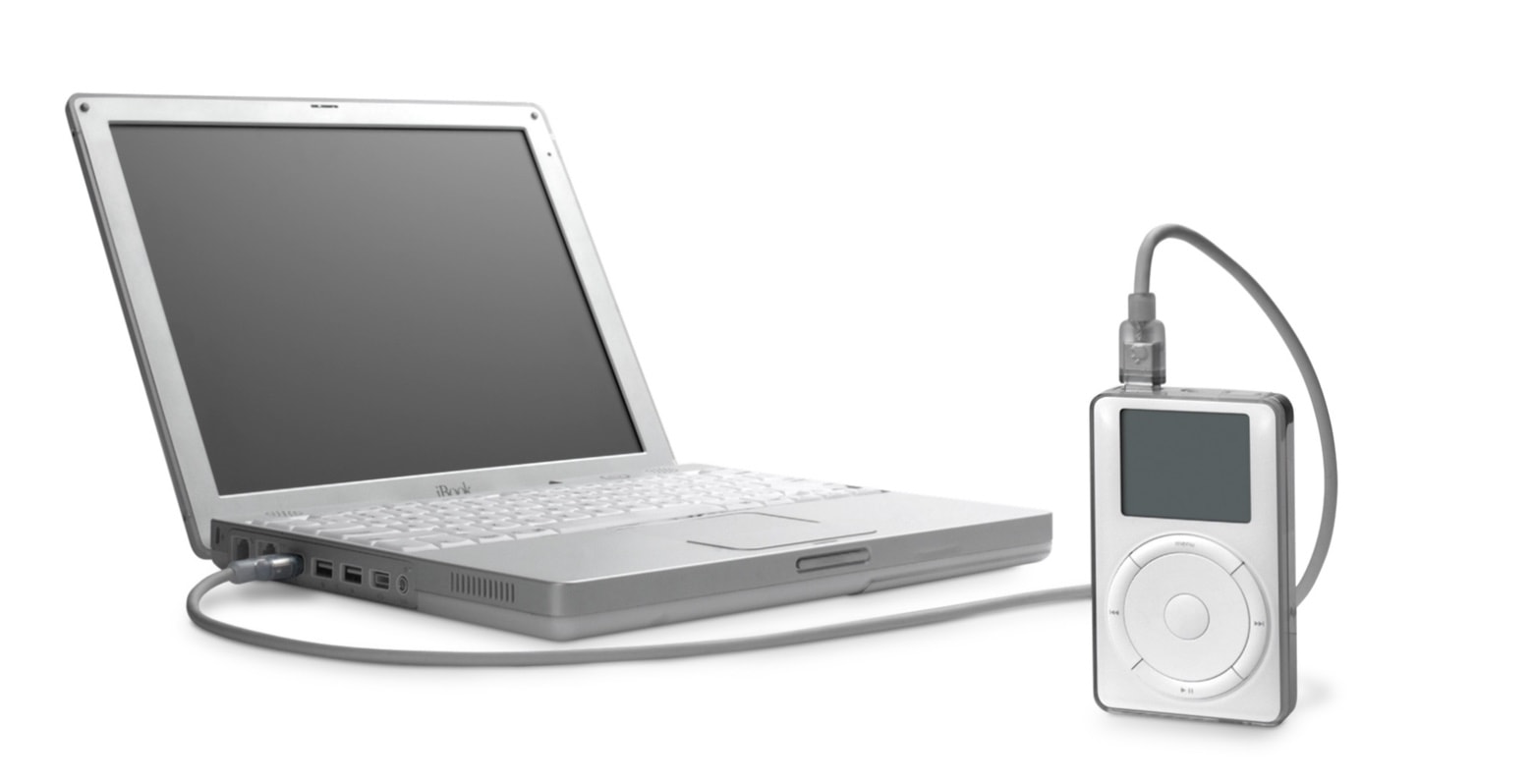
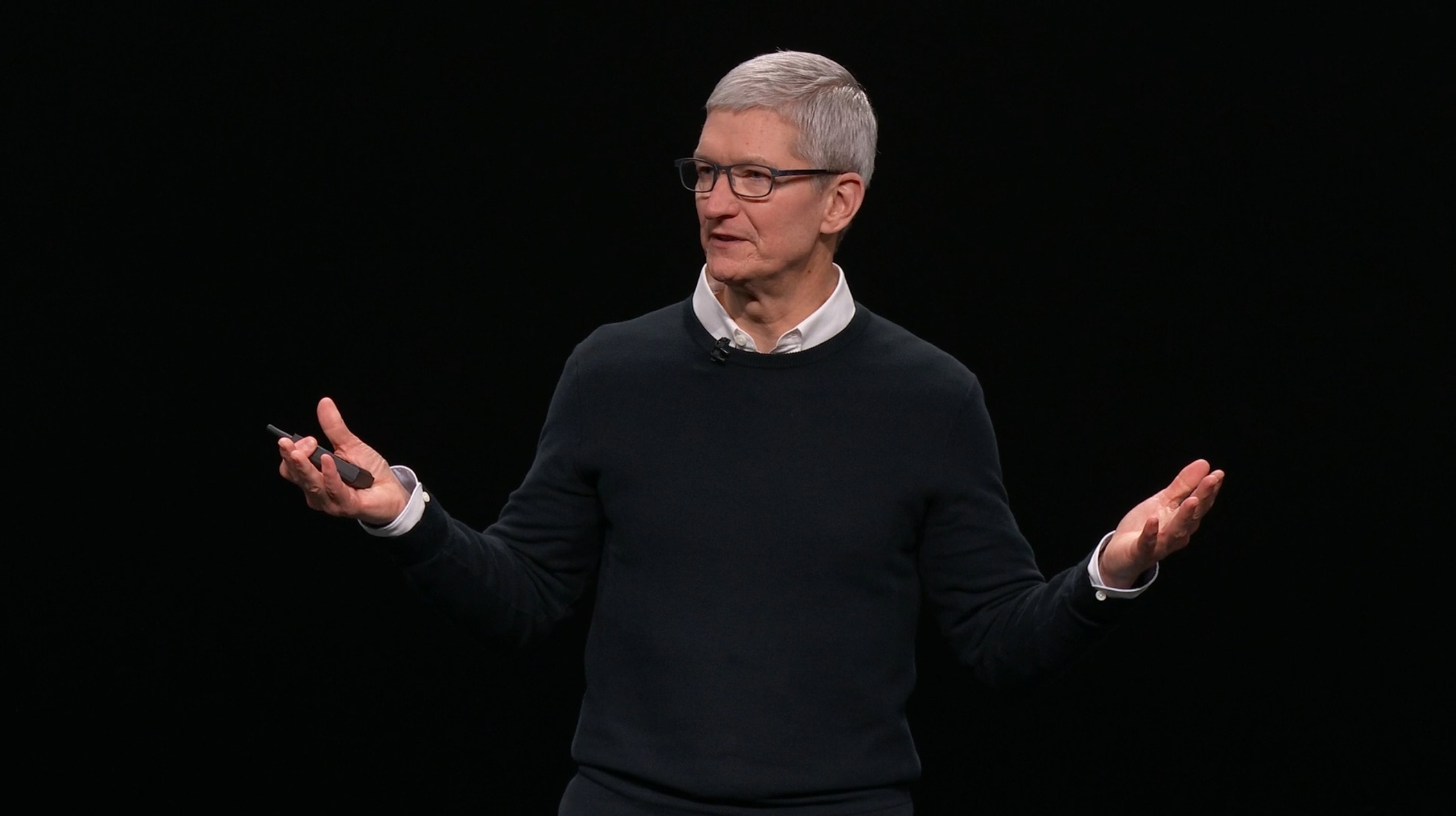
![A brief history of Steve Jobs’ automated factory at NeXT [Cook book leftovers] Inside Next Factory in Fremont](https://www.cultofmac.com/wp-content/uploads/2019/04/Inside_Next_Factory_Fremont_banner.jpg)

![A brief history of Apple’s misadventures in manufacturing: Part 1 [Cook book outtakes] Apple Macintosh Factory of the future in Fremont](https://www.cultofmac.com/wp-content/uploads/2019/04/Apple_Macintosh_Factory_of_the_future_Fremont_banner.jpg)
